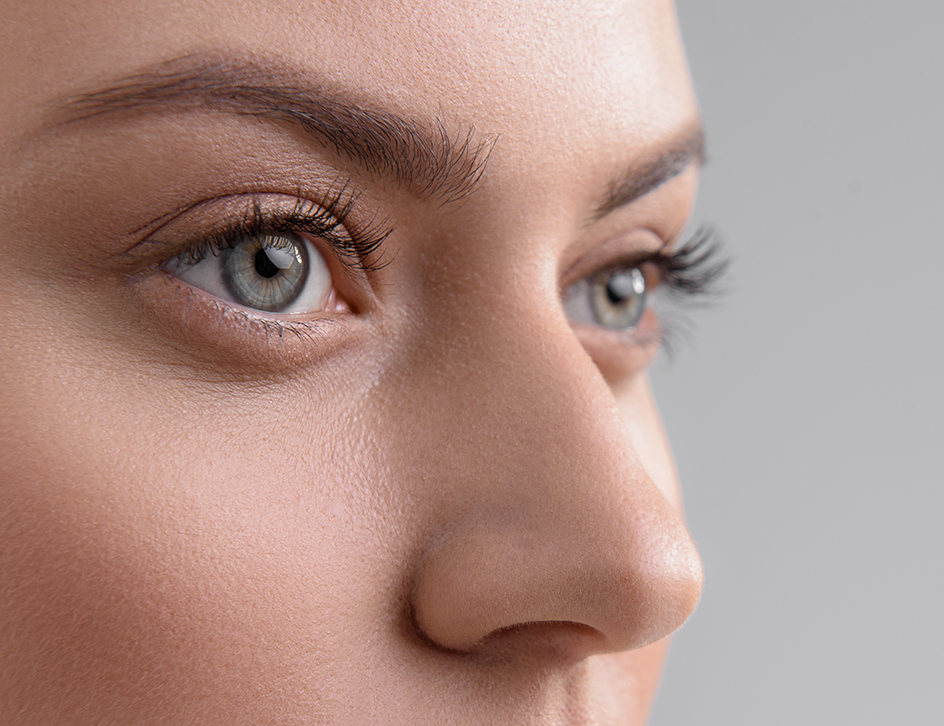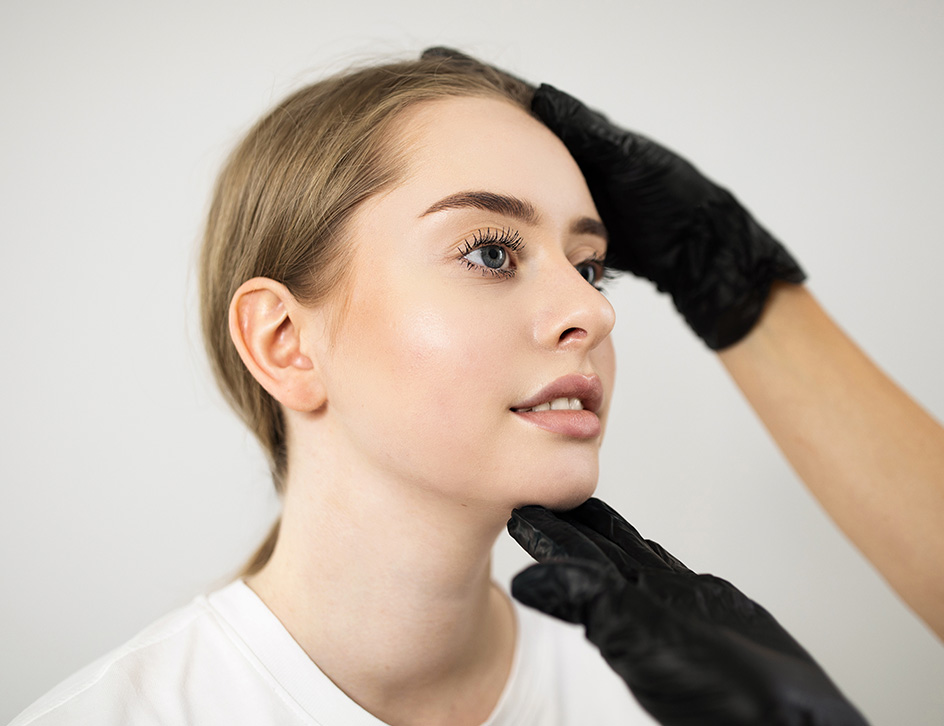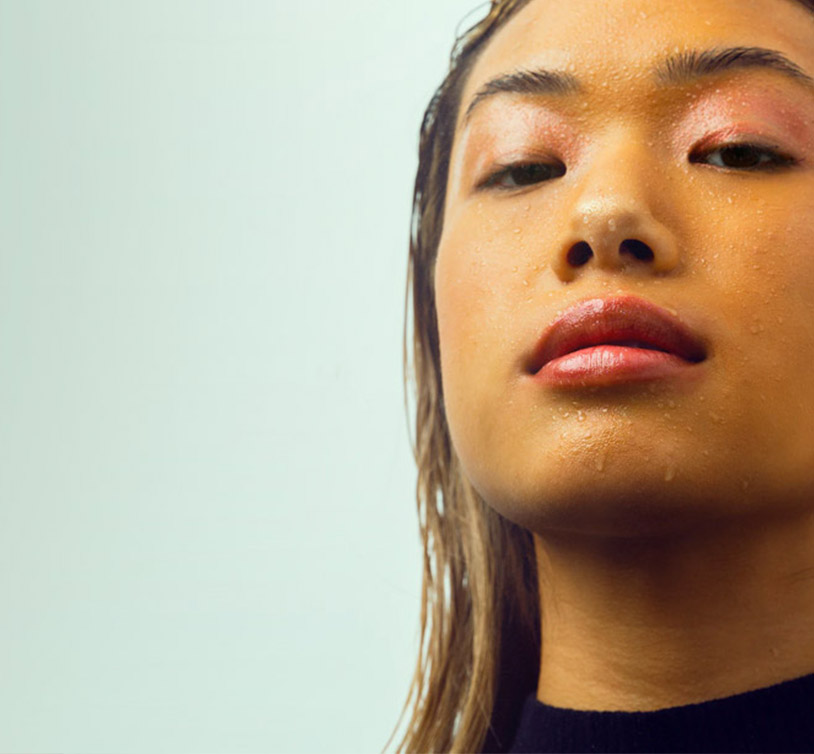Understanding Rhinoplasty in London: Is It A Major Surgery? – (Suggested Title)
Getting a rhinoplasty (otherwise known as a nose job), is a common occurrence nowadays, be it for medical or cosmetic reasons. Recent statistics have shown that over 2,200 nose jobs were performed in the United Kingdom (UK) last year. People often think that since the nose is such a small part of our bodies, rhinoplasty will be a minor procedure.
Before you opt for a nose job, you need to know that the nose is an integral part of the respiratory system, making the surgery a major procedure. The procedure is quite common but comes associated with both benefits and risks. Therefore, understanding the entire process can help you make an informed decision.

What is rhinoplasty surgery?
Rhinoplasty, is a surgical procedure chosen in many cases to improve one’s facial appearance. This surgery can change the size and shape of the nose. However, some individuals are required to have a rhinoplasty due to medical problems that interfere with their breathing.
This surgical procedure is suitable for different reasons. Some of these reasons include birth defects, blocked nasal passages, a broken nose, trouble breathing or nose shape improvements. As far as the actual surgical approach is concerned, rhinoplasty can either be open or closed.
Open rhinoplasty is a nose surgery procedure that requires major nose reshaping. During this procedure, rhinoplasty surgeons make an incision to separate the skin of your nose from the bone and cartilage. A closed rhinoplasty surgery, on the other hand, can be described as a minor procedure done to change the shape of the nose.
It’s important to know that whether you need open rhinoplasty or closed rhinoplasty is decided based on factors that may include needs, anatomy, revision, or injury.

Why do people consider getting a rhinoplasty?
A recent survey conducted by the British Association of Aesthetic Plastic Surgeons (BAAPS) has shown that a total of 31,057 cosmetic procedures were performed in 2022. Furthermore, the survey revealed that rhinoplasty procedures saw an increase of 67% when compared to the preceding year.
Results from the survey also highlight that rhinoplasty procedures are common for both men and women. In fact, rhinoplasty surgery was the most performed procedure for men and came in at number six for women. There are many reasons why a person might opt for a nose job surgery. Let’s look at what they are in detail.
Facial appearance
One of the most common reasons why people opt for a nose reshaping surgery is to enhance appearance. A rhinoplasty procedure can help alleviate bumps on the nose, fix uneven nostrils or the upper part of the nose. It’s important to understand that such aesthetic factors can be highly concerning for some, and rhinoplasty is a way for them to improve their self-image and self-esteem.
Respiratory function
While some people choose to have a rhinoplasty procedure for cosmetic purposes, others have to undergo it for medical reasons like nasal breathing problems. They might have medical conditions that affect one or both nostrils, impacting their nasal breathing and causing life-long discomfort. Opting for a nose job surgical procedure can help fix breathing difficulties that have either developed over time or trigger due to congenital deformity.
Nose injuries
One of the most common reasons people opt for rhinoplasty surgery is because of injuries that damage nasal bones and require nose reshaping. It’s important to understand that injuries caused to the nasal bones, bridge of the nose, and the nasal tip are not concerning for cosmetic purposes alone. Such injuries can lead to breathing difficulties and severe internal damage.

What are the risks associated with the surgical procedure?
A rhinoplasty surgery, similar to any other medical procedure, comes with certain risks. Undergoing a rhinoplasty procedure from those who are not experts in their field can make you vulnerable to risks like bleeding, swelling, infection, and scarring. Let’s look at these risks in more detail.
- Swelling – when you undergo rhinoplasty, you need to know that swelling around the nose, eyes, and cheeks is very common. However, swelling can be alarming if nasal bones are damaged during the surgery.
- Bleeding – severe bleeding after a rhinoplasty nose job is not likely to occur, however, if your internal splints were removed during the procedure, oozing can last for a few days.
- Infections – infections after a medical or cosmetic nose job surgery can prevail in the form of a pus-like discharge from the nose or swelling or redness. Seeking rhinoplasty consultation in case of such infections is necessary as they can cause further health problems if left unattended.
- Sensory impairment – a temporary loss of smell and taste can occur after an open and closed rhinoplasty. However, it’s important to know that such impairments tend to fade away as the swelling in the internal lining decreases.
- Irregularities – some minor irregularities after nose surgery can occur, and patients with thick skin are more likely to notice bumps on their noses. These nose surgery irregularities only last for a short time but, in severe cases, may require further reshaping.

What is the pre-operation procedure for rhinoplasty?
The preoperative procedure for rhinoplasty surgery may vary from one practitioner to the other. During the pre-operation procedure for an open rhinoplasty or a closed rhinoplasty, Mr. Golchin focuses on three things, including the initial consultation, medical history review and physical examination, and necessary blood work or X-rays. Let’s look at each of these in more detail.
Rhinoplasty procedure consultation
During your initial consultation for rhinoplasty procedures, you will be asked about the concerns you have regarding the shape of the nose. In addition, you will be asked to describe any symptoms you may be experiencing.
Once this process is complete, digital photographs of your nose will be taken. These will then be analysed using computer imaging, allowing you to see which nose cosmetic surgery options are available for you.
If you’re thinking about getting a rhinoplasty procedure done for medical purposes or to improve the shape of the nose, this rhinoplasty consultation is essential. It allows you to view your current appearance and helps set realistic nose reshaping surgery expectations.

Nose job medical review and physical exam
After the rhinoplasty surgery consultation is complete, your medical history will be reviewed, and you will go through a physical exam. It’s important to know that this step is essential to which nose surgery option is best for you.
Before opting for an open rhinoplasty procedure or a closed rhinoplasty, know that your various physical characteristics can impact technical considerations for the procedure. Such factors include the size and shape of your:
- Nasal cartilage
- Nasal septum
- Nasal bridge
- Overall nasal structure
- Thickness of your skin
Nose job blood works, X-rays, and prescriptions
This is the final stage of the preoperative procedures required for a nose job. During this stage, you are asked to visit your general physician for a check-up and any necessary blood work or X-rays that may be required.
You will also be given all the necessary instructions and prescriptions prior to the nose job surgery. In addition, you’re provided with a complete list of medicines that you need to avoid before you get a nose job.

What happens during a rhinoplasty surgery?
Once all the pre-operational processes are complete, the rhinoplasty surgery is performed as an inpatient procedure. This nose job procedure can be combined with other cosmetic treatments.
These additional cosmetic surgery options may include upper lip transformation and chin augmentation and are done to improve facial harmony. The process for a rhinoplasty surgery is as follows:
Anaesthesia
Before the start of the nose reshaping procedure, rhinoplasty surgeons often use general anaesthesia. However, you need to know that in some cases, local anaesthesia combined with intravenous (IV) sedation can be sufficient enough.
Open rhinoplasty or closed rhinoplasty
The rhinoplasty surgery can be performed using either the open or closed approach, and this is something that rhinoplasty surgeons decide based on individual cases. The closed rhinoplasty is an approach where all the nose job incisions are made inside the nostrils.
This approach ensures that there is no visible scarring on the outside once the rhinoplasty procedure is complete. An open rhinoplasty, on the other hand, may lead to minor visible scarring under the nose.
This type of rhinoplasty involves making incisions under the nostrils. Mr Golchin is an expert surgeon who ensures that an open rhinoplasty procedure is only performed in complicated cases where nasal tip abnormalities exist.
Being an expert rhinoplasty surgeon, Mr Golchin opts for a closed rhinoplasty whenever possible to ensure no visible scarring after the medical or cosmetic surgery occurs. Using this approach allows him to have more delicate control. This control results in accurate reshaping of the nasal tip or the bridge of the nose.

Incisions
The actual nose surgery procedure begins once the anaesthesia is given to the patient. To initiate the rhinoplasty procedure, small incisions are made under the nostrils or inside the nose. Mr. Golchin then uses specialised equipment to separate the skin from the nose bone or cartilage.
Once the skin has been separated, he sculpts the bone and cartilage to achieve the best nose reshaping results possible. It’s important for patients to know that the extent of the sculpting done during the rhinoplasty procedure depends on various factors.
These factors may include nasal anatomy, breathing difficulties, or other medical or cosmetic surgery requirements. The entire length of the rhinoplasty procedures is between one to three hours and depends on individual cases.
Plastering
Once the nose surgery be it medical or cosmetic procedure is complete, Mr Glochin applies a plaster to the nose to protect and maintain the nose reshaping results. This plaster not only aids in rhinoplasty recovery but also helps prevent swelling.
This process may vary if you have a deviated septum. If the deviated septum was straightened during the nose surgery, Mr. Glochin may place the plaster inside the nostrils to stabilise it.

Can rhinoplasty help rebuild the nasal bridge?
Damage to the bridge of the nose may be caused due to injuries or ineffective previous treatments. In such cases, rebuilding the bridge of the nose is required. This requires a more conservative approach where the rhinoplasty surgeon places grafts or sutures inside the nose. Grafts not only help strengthen the bridge of the nose but can also help alleviate breathing difficulties.
How long is the rhinoplasty recovery process?
Recovering from a rhinoplasty may take around two weeks. During rhinoplasty recovery, common symptoms such as bruising and swelling around the eyes and the nose may occur. Other symptoms prevalent during recovery may also include experiencing a stuffy nose or minor difficulties while breathing.
Once the procedure is complete, it is recommended that patients avoid strenuous physical activities for around three to six weeks. Most healthy individuals fully recover after seven to ten day. This is however something that varies from person to person and depends on the nasal tip work you had done and the rhinoplasty techniques that were used.
Final thoughts
Rhinoplasty, also referred to as a nose job, is quite common in the UK. This procedure is performed for medical and cosmetic purposes, and the rhinoplasty cost may vary with each case. Getting a nose job can be done not only improves your facial appearance but can also fix injuries and difficulties with breathing. Book a consultation today and learn more about the rhinoplasty cost and options suitable for you.

I was very nervous about getting lip fillers for years, but I got recommended to Mr Golchin and I cannot recommend him enough! He made me feel at ease about the treatment and gave me exactly what I wanted! It was painfree and my results are amazing! – Sarah
SarahI have been attending Mr. Golchin at his clinic in Dublin for Botox & Fillers for quite a few years, with great results. I am never concerned about trying fillers in any new areas of my face or trying any new treatments suggested, as I have complete confidence in Mr. Golchin and his team. It’s very important to me to achieve a natural result while still noticing an obvious improvement and I am never disappointed. – Michelle
MichelleI contemplated rhinoplasty for a number of years and after extensive research I finally decided to go ahead with it in August 2017. To say it was a decision not taken lightly would be an understatement. I wanted the best results and the best surgeon and I can honestly say I got both. Mr Kambiz Golchin is a true professional and perfectionist and it is clear he takes great pride in his work. Mr Golchin established exactly what I wanted and delivered, surpassing my expectations. Bex
BexI had decided many months ago to get rhinoplasty and had since visited a number of the top surgeons in London, after being dissatisfied a friend referred Mr Golchin. From start to finish, including my pre operative care to my end result I could not be happier and would highly recommend Mr Golchin as a wonderful surgeon who has changed my life and I could not be happier with my new nose. – cmbrowne
C Browne

